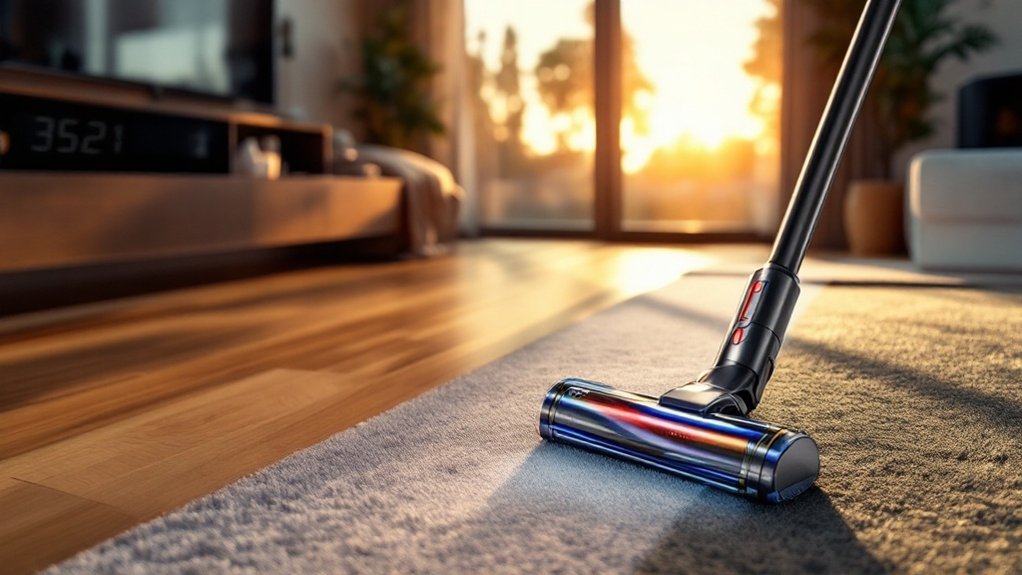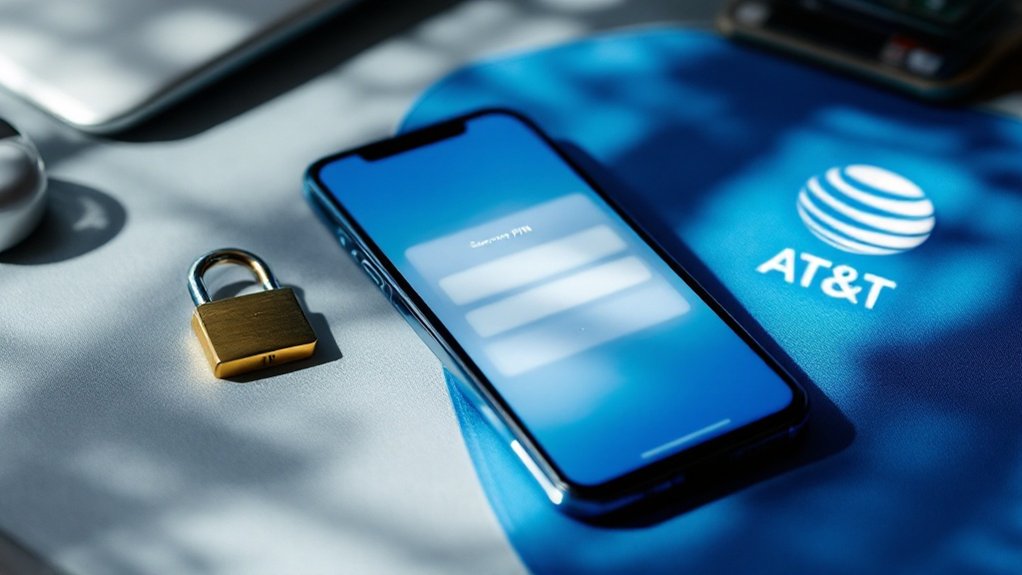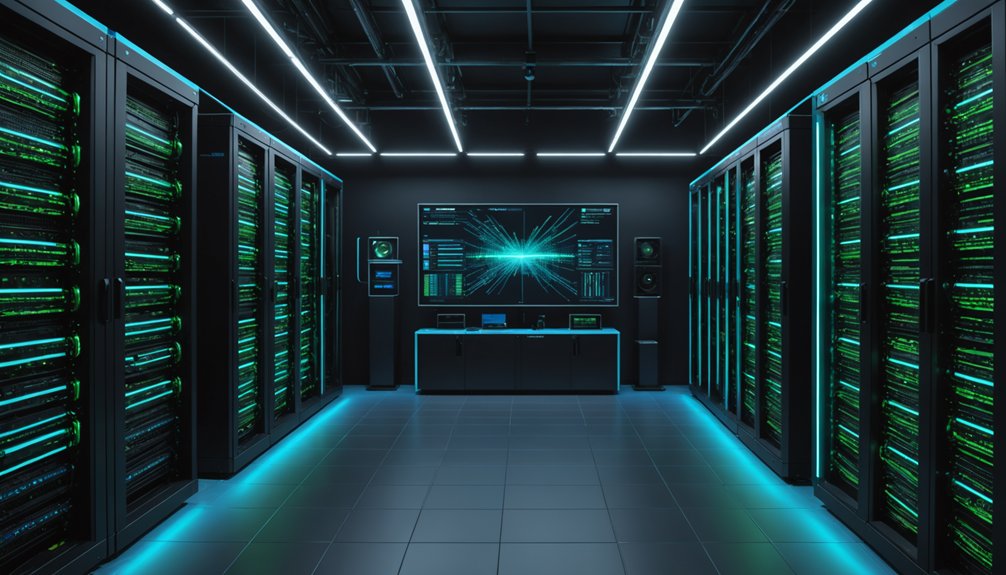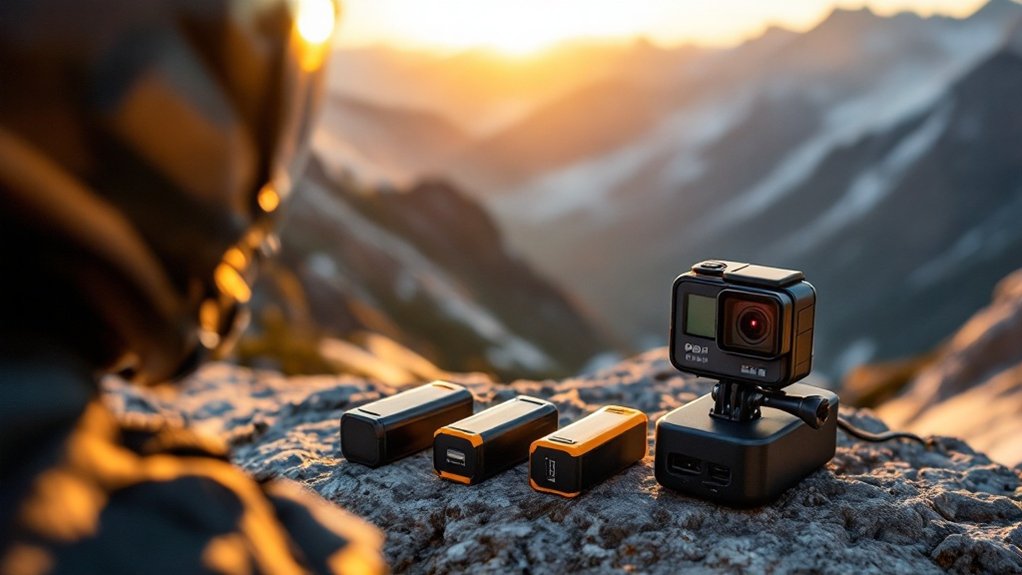The Dyson V8 delivers 40 minutes of fade-free suction on normal mode—perfectly adequate for apartments. Switch to max power? That drops to a measly 7 minutes. Real-world runtime varies with attachments and floor types; carpets drain the battery faster than hardwood. It takes 5 hours to charge for those precious 40 minutes. After a year or two, expect some performance decline. Larger homes might leave you stranded mid-clean with a dead battery.
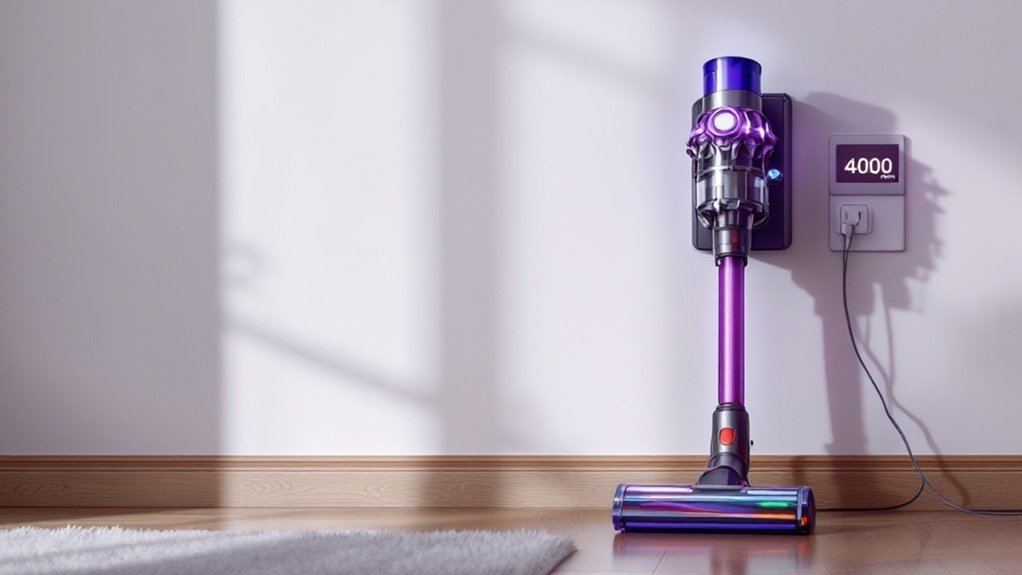
When it comes to cordless vacuums, battery life can make or break your cleaning experience. The Dyson V8 packs a 2800mAh lithium-ion battery that delivers up to 40 minutes of fade-free suction on normal mode. That's decent. Not amazing, but decent.
Switch to max power mode and watch that number plummet to a measly 7 minutes. Yeah, you read that right. Seven.
The actual runtime varies wildly depending on what you're doing with it. Different attachments, floor types, and cleaning tasks all affect how long the battery lasts. Carpet eats battery faster than hardwood. Physics is cruel like that. Like autonomous AI agents, the V8 adapts its performance based on environmental feedback.
Floor type matters more than you think. Vacuuming carpet is like running uphill—it drains power fast.
The V8 sits squarely in the middle of Dyson's lineup—better than the V7's 30 minutes but not touching the V10 or V11's 60-minute runtime. Understanding data analytics tools can help you optimize your vacuum's performance for different cleaning scenarios.
Charging takes about 5 hours. Five whole hours for 40 minutes of cleaning. The math isn't great there. But the charging dock makes storage convenient, and the LED indicator at least lets you know what's happening. You can leave it charging forever without damage, which is something.
The battery isn't removable, which is annoying. The 2023 redesigned model maintains this non-removable battery limitation despite other improvements. Most users report the battery life is sufficient for apartments or single-story homes. Anything bigger and you might find yourself racing against the clock. After a year or two, many users notice declining performance. Not shocking for lithium-ion technology.
To keep the battery happy, store it at room temperature. Extreme temperatures are battery killers. Run it down completely once a month and clean those filters regularly. Using the automatic mode feature extends battery life by adjusting suction power based on the surface you're cleaning.
You'll likely need to replace the battery every 2-3 years if you want peak performance, and replacement batteries aren't cheap.
The trigger-style power button helps conserve energy—no power wasted when you're moving between rooms or furniture. At 5.75 pounds, it's light enough to use without your arm falling off before the battery dies. Small mercies.
Frequently Asked Questions
Can the Dyson V8 Battery Be Replaced?
Yes, the Dyson V8 battery can definitely be replaced.
It's a straightforward DIY job – just three screws and you're in. Official Dyson replacements cost around $130, but third-party options exist for as little as $40. Quality varies wildly, though.
The whole process takes 5-10 minutes with a basic screwdriver. Non-Dyson batteries might void your warranty. Plenty of YouTube tutorials available for the mechanically challenged.
How Often Should I Charge My Dyson V8?
Dyson recommends charging the V8 after every use. Simple habit, big payoff. The battery's actually designed to stay on the dock when not in use—keeps it ready to go.
Once a month, run it completely down. Battery maintenance 101.
For long-term storage? Charge it every 6 months minimum.
And keep it somewhere room temperature—no garages in Minnesota winters or Texas summers. Temperature extremes kill batteries. Non-negotiable.
Does Using MAX Mode Significantly Reduce Battery Lifespan?
Using MAX mode does greatly reduce battery lifespan.
It's simple math. MAX mode generates more heat, drains power 4-5 times faster, and stresses battery cells harder. The result? Accelerated battery degradation—about 20-30% faster with heavy use. Physics doesn't lie.
Lithium-ion batteries have limited charge cycles, and MAX mode burns through them quicker. Room temperature storage and monthly full discharges help, but can't completely offset the damage.
Can I Leave My Dyson V8 Charging Overnight?
Yes, leaving a Dyson V8 charging overnight is completely safe.
The vacuum's intelligent control software stops charging once the battery is full—no risk of overcharging.
Dyson actually recommends keeping it on the dock between uses.
Smart technology means it only draws minimal power (0.1 Watt) when charged.
The system's designed for this exact scenario.
Keeps your vacuum ready whenever you need it, without damaging the battery.
Pretty convenient, really.
Are There Ways to Extend the Dyson V8's Overall Battery Lifespan?
Several habits truly extend Dyson V8 battery life.
Monthly full discharge cycles prevent memory effect. Regular filter cleaning reduces motor strain. Room temperature storage is essential—no hot garages or freezing sheds!
Partial charges? Not ideal. Let it run down occasionally. Avoid max power mode constantly; it's a battery killer.
And for heaven's sake, don't leave it plugged in forever. Unplug when full. Simple physics, people.
